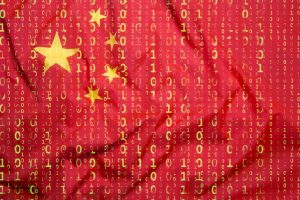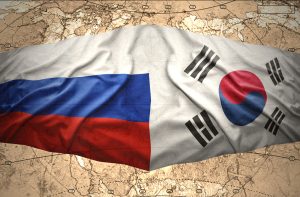Hyung-Jin Kim and Kim Tong-Hyung
North Korea is apparently moving to sell millions of rockets and artillery shells, likely from its old stock, to its Cold War ally Russia.
Russia has called a U.S. intelligence report on the purchasing plan “fake.” But U.S. officials say it shows Russia’s desperation with the war in Ukraine and that Moscow could buy additional military hardware from North Korea.
The ammunitions North Korea reportedly intends to sell to Moscow are likely copies of Soviet-era weapons that can fit Russian launchers. But there are still questions over the quality of the supplies and how much they could actually help the Russian military.
Slapped by international sanctions and export controls, Russia bought Iranian-made drones that U.S. officials said had technical problems in August. For Russia, North Korea is likely another good option for its ammunitions supply, because the North keeps a significant stockpile of shells, many of them copies of Soviet-era ones.
North Korea “may represent the single biggest source of compatible legacy artillery ammunition outside of Russia, including domestic production facilities to further supplies,” said Joseph Dempsey, research associate for defense and military analysis at the International Institute for Strategic Studies (IISS).
Lee Illwoo, an expert with the Korea Defense Network in South Korea, said both North and South Korea — split along the world’s most heavily fortified border for more than 70 years — keep tens of millions of artillery shells each. He said that North Korea will likely sell older shells that it wants to replace with newer ones for multiple rocket launch systems or sophisticated missiles in its front-line army bases.
North Korea’s greater reliance on nuclear weapons and guided missiles may also remove the need for many of its older, unguided artillery shells that once played a prominent role, said Ankit Panda, an expert with the Carnegie Endowment for International Peace.
But Bruce Bennett, a senior security expert at the California-based Rand Corporation, said most of the artillery rounds to be sent to Russia are likely to be ammunition for small arms, such as AK-47 rifles or machine guns.ADVERTISEMENT
“It’s not millions of artillery shells and rockets – that’s more than the likely consumption. It could be millions of small arms rounds,” Bennett said.
According to an IISS assessment, North Korea has an estimated 20,000 artillery pieces including multiple rocket launchers in service, a number that Dempsey described as “significantly more than any other country in the world.”
North Korea’s state media have called its artillery guns “the first arm of the People’s Army and the most powerful arm in the world” that can reduce enemy position into “a sea of flames.”
But its old artillery systems, whose ammunitions will likely be supplied to Russia, have a reputation for poor accuracy.
During North Korea’s artillery bombardment of South Korea’s front-line Yeonpyeong Island in 2010 that killed four people, Bennett said that only 80 of the 300-400 weapons North Korea should have fired likely hit their target. In his assessment, Lee said about half of the North Korean shells launched ended up falling into waters before reaching the island.
“That is miserable artillery performance. The Russians may experience the same thing, which will not make them very happy,” Bennett said.
Observers doubt the usefulness of North Korean ammunition for the Russian campaign in Ukraine, which they say has depleted the military. There have been photos of barrel-busted Russian guns on social media.
It’s unclear how serious Russian shortage of ammunitions is. In July, a senior U.S. defense official told reporters that Russia was launching tens of thousands artillery rounds each day and couldn’t keep it up forever.
“While substantial stockpiles likely still exist, they may be increasingly infringing on those reserved for the contingency of a wider future conflict,” Dempsey said.
It’s unlikely North Korea would provide Russia with ballistic missiles that it views as crucial in its military strategies toward Washington and Seoul, said Yang Uk, an analyst at Seoul’s Asan Institute for Policy Studies.
And if North Korea decides to supply missiles to Russia, it would need to send their launch platforms as well because Russia doesn’t have launchers for the North’s Scuds and other missiles. North Korea has developed a highly maneuverable, nuclear-cable ballistic missile that was likely modeled on Russia’s Iskander. But the two missiles are of different sizes, according to Shin Jongwoo, a military expert at the Seoul-based Korea Defense and Security Forum,
There would be a number of items that North Korea could provide to Russia, given that the two countries share weapons systems going back to Soviet times. But the type of ammunitions North Korea would provide to Russia “are likely to be old and somewhere close to expiring,” said Moon Seong Mook, an analyst at South Korea’s Korea Research Institute for National Strategy.
In return for weapons, North Korea will likely want food, fuel, and other materials from Russia because the North finds it difficult to buy such goods from abroad under U.N. sanctions imposed over its nuclear program.
Panda said North Korea is likely benefiting in the form of cash transfers from Russia, or perhaps greater Russian leniency in not enforcing other sanctions on Pyongyang, including the transfer of materials necessary for the growth of North Korea’s missile programs.
According to Bennett, North Korea would be willing to be compensated with fuel. For its more advanced arms, it could seek advanced weapons technologies from Russia, possibly including those it needs for its expected nuclear test, the first of its kind in five years, he said.


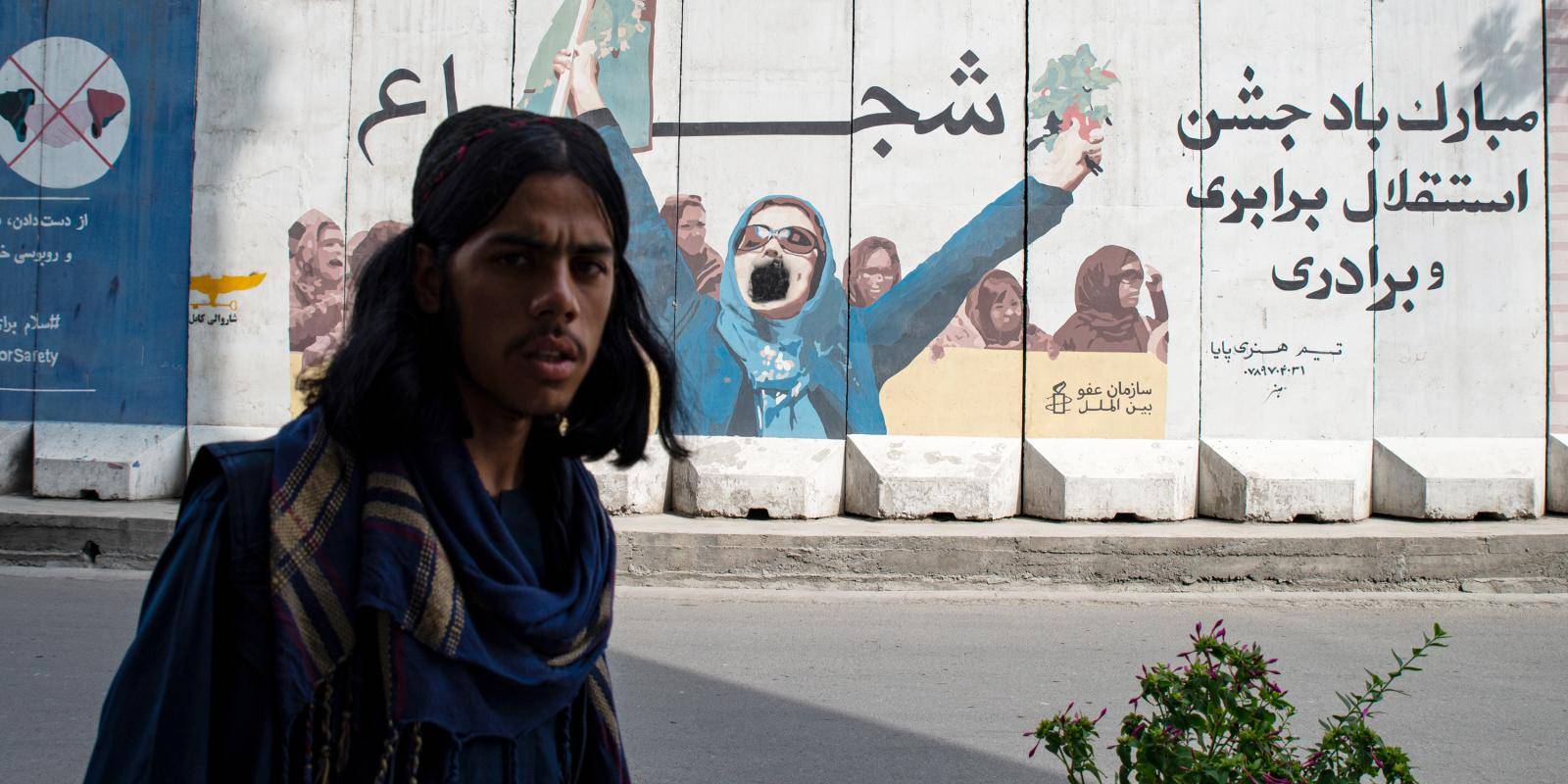



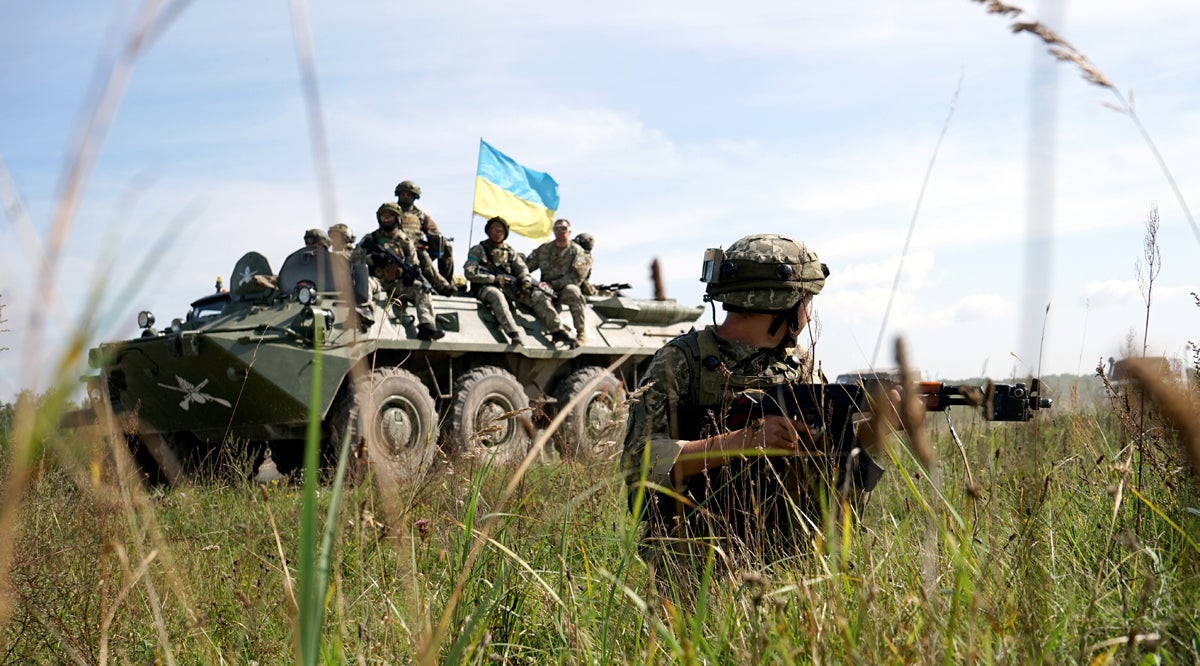
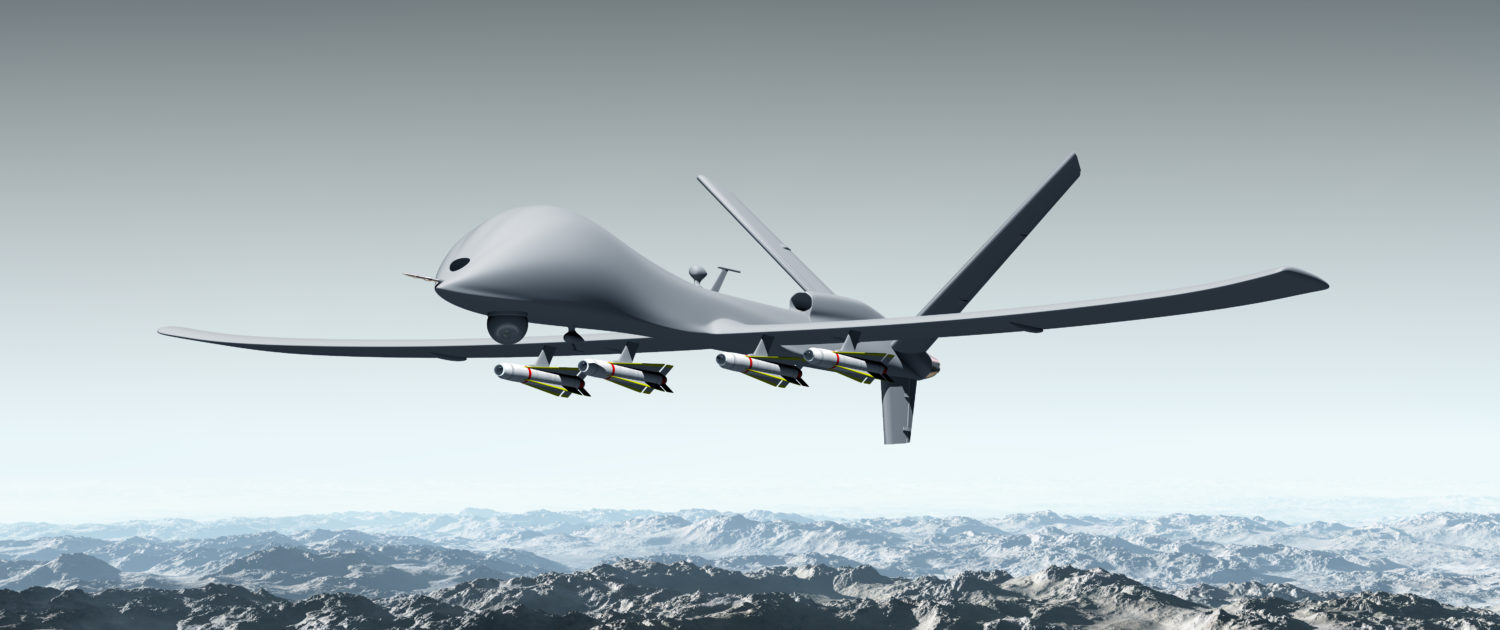


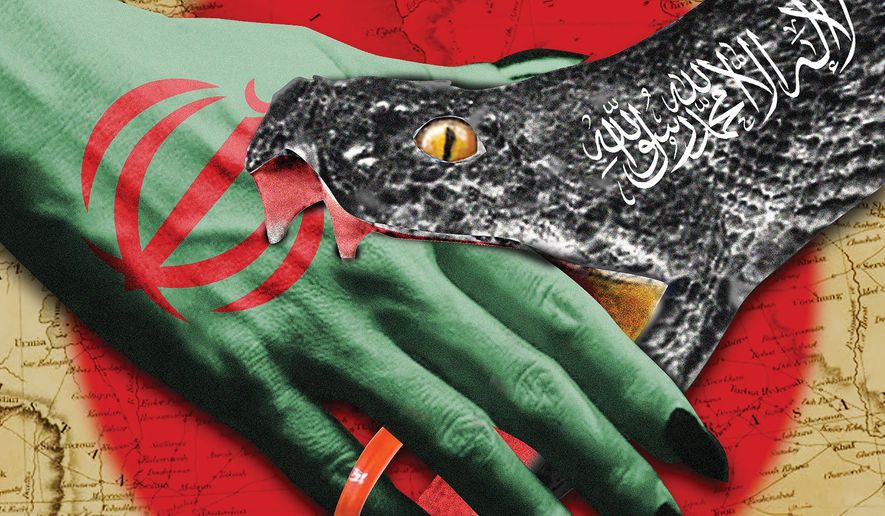
:quality(70)/cloudfront-us-east-1.images.arcpublishing.com/archetype/SZ2GZZZS7RECZB5O5CYYKDW7WI.jpg)
